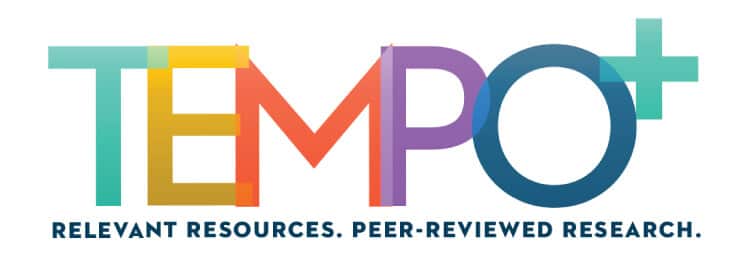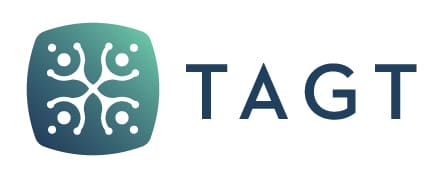The Texas State Plan in a Nutshell: An Advocacy Guide for Families PDF
The Texas State Plan for the Education of Gifted/Talented Students provides accountability standards and guidance to Texas school districts in meeting the unique needs of gifted and talented students. The Texas Education Code defines a gifted and talented student as:
a child or youth who performs at or shows the potential for performing at a remarkably high level of accomplishment when compared to others of the same age, experience, or environment and who:
(1) exhibits high performance capability in an intellectual, creative, or artistic area;
(2) possesses an unusual capacity for leadership; or
(3) excels in a specific academic field.
(Texas Education Agency [TEA], 2019, p. 22)
The plan was originally developed in 1990 and most recently updated in 2019. It is divided into six sections: Fidelity of Services, Student Assessment, Service Design, Curriculum and Instruction, Professional Learning, and Family/Community Involvement. Each section outlines the state law and State Board of Education-mandated accountability standards that school districts must meet, and also provides research-based best practices that exemplary districts may use in order to provide more comprehensive G/T services. This guide provides a high-level overview of the plan, with suggested items families should know about in each section, and links to related resources to help families, parents, and guardians find answers and advocate for their G/T students.
Fidelity of Services
- Each school district has a G/T advisory group that includes parents and meets regularly to review G/T education policies and procedures.
- Districts establish guidelines for evaluating resources and selecting materials that are appropriate for differentiated learning for G/T students.
- Curriculum for G/T students is evaluated and modified annually.
- Each school district has a G/T guide/handbook that is accessible to families.
Student Assessment
- Annual district/campus G/T awareness sessions are offered to families.
- Referral forms and procedures for assessment of G/T students are provided to families in a language that each family understands.
- Families are informed of G/T evaluation results and given opportunities to discuss assessment data.
- District policies are in place for G/T student transfers, furloughs, exits, and appeals.
- Ongoing identification is provided, and all kindergarten students are considered for G/T services. Data collected from multiple sources for each area of giftedness are included in the G/T assessment process. One criterion should not remove a student from the G/T assessment process.
- The assessment process allows for student exceptionalities. Access to G/T services is available to, and reflective of, all district populations. If a student has testing accommodations recorded on an Individualized Education Program (IEP) or Section 504 plan, the accommodations must be available for G/T assessments.
- Students are assessed in languages they understand or with nonverbal assessments.
- District G/T services selection committee members have received training on the nature and needs of G/T students.
- G/T student progress is periodically assessed and results are communicated to families.
Service Design
- Parents are informed of G/T service options, which include content in the four foundation curricular areas and learning opportunities commensurate with G/T student abilities.
- Information on special opportunities for G/T students is provided to families.
- G/T students work together as a group, work with other students, and work independently. A group is comprised of a minimum of three G/T students, and G/T students are assigned to a classroom where a minimum of 30% or more of the classroom roster is made up of their G/T peers (TEA, 2020).
- Out-of-school options relevant to G/T students’ areas of strength are provided.
- Acceleration and flexible pacing are employed and actively facilitated by district administrators, counselors, and teachers.
- Services addressing social-emotional needs of G/T students are provided.
- G/T students served in AP, Pre-AP, IB, and/or dual credit courses must still receive differentiated instruction from a G/T-trained teacher (TEA, 2020).
Curriculum and Instruction
- A continuum of appropriately challenging learning experiences and opportunities allow G/T students to pursue areas of interest and individual strength(s), and lead to development of advanced-level products and/or performances (e.g., Texas Performance Standards Project).
- Scheduling modifications, acceleration opportunities in areas of student strengths, and flexible pacing are employed, allowing G/T students to learn at an appropriate level and pace.
- Districts must offer opportunities to accelerate in areas of strength for qualifying G/T students in grades K–12, including full-grade and single-subject acceleration. Districts develop a process for facilitating acceleration in “areas of strength.”
- Districts meet the needs of G/T students by modifying the depth, complexity, and pacing of the curriculum and instruction normally provided.
Professional Learning
- G/T teachers are required to complete 30 hours of professional learning and an annual 6-hour update, the intent of which is to provide teachers of G/T students with training to enable them to differentiate and adjust the depth, complexity, and pacing of lessons to meet the needs of G/T students, including those with special needs, such as those who are twice-exceptional, the highly gifted, and English language learners.
- Administrators complete a foundational course about the nature and needs of G/T students and service options for G/T students.
- Counselors complete a foundational course about the nature and needs of G/T students, service options for G/T students, and social-emotional learning specific to G/T students.
Family/Community Involvement
- G/T policies approved by the local board of trustees are communicated to parents.
- Parents are included in the annual evaluation of the district’s G/T program, and parent and community input is requested. Data are shared with the board of trustees and used to update district and campus improvement plans. Findings and outcomes are shared with parents.
- The opportunity to participate in a G/T parent association is provided.
- Products and achievements of G/T students are shared with the community.
Resources
- Texas State Plan for the Education of Gifted/Talented Students
- Guidance for Interpreting the Expectations of the Texas State Plan for the Education of Gifted/Talented Students
- Gifted Talented Frequently Asked Questions
- Equity in Gifted/Talented (G/T) Education
- Texas Performance Standards Project
- Texas Education Code, Chapter 29. Educational Programs, Subchapter D. Educational Programs for Gifted and Talented Students
- State Board of Education Rules, Texas Administrative Code, 19 TAC, Chapter 89. Adaptations for Special Populations, Subchapter A. Gifted/Talented Education
References
Texas Education Agency. (2019). Texas state plan for the education of gifted/talented students. https://tea.texas.gov/Academics/Special_Student_Populations/Gifted_and_Talented_Education/Gifted_Talented_Education
Texas Education Agency. (2020). Guidance for interpreting the expectations of the Texas State Plan for the Education of Gifted/Talented Students. https://tea.texas.gov/academics/special-student-populations/gifted-and-talented-education/guidance-for-interpreting-the-expectations-of-the-texas-state-plan-for-the-education-of-gifted/talented-students
Patty Hammer, M. Ed. has been an educator for more than 25 years, with the past 15 years in gifted education. Her experience spans as a classroom teacher of gifted, gifted and talented specialist, and Coordinator of Advanced Academics. Currently, she serves as the Director of Advanced Academics in Alvin ISD. Not only is Patty a gifted educator, but the parent of a gifted child as well. These experiences drive her passion for gifted education.
Sharon Nolan is beginning her second year as GT Lead Coordinator for Elementary at New Caney ISD. She has a master’s degree in teacher leadership with a specialization in gifted and talented education. She is the mother of three G/T students and a member of the TAGT Parent Resource Committee.






